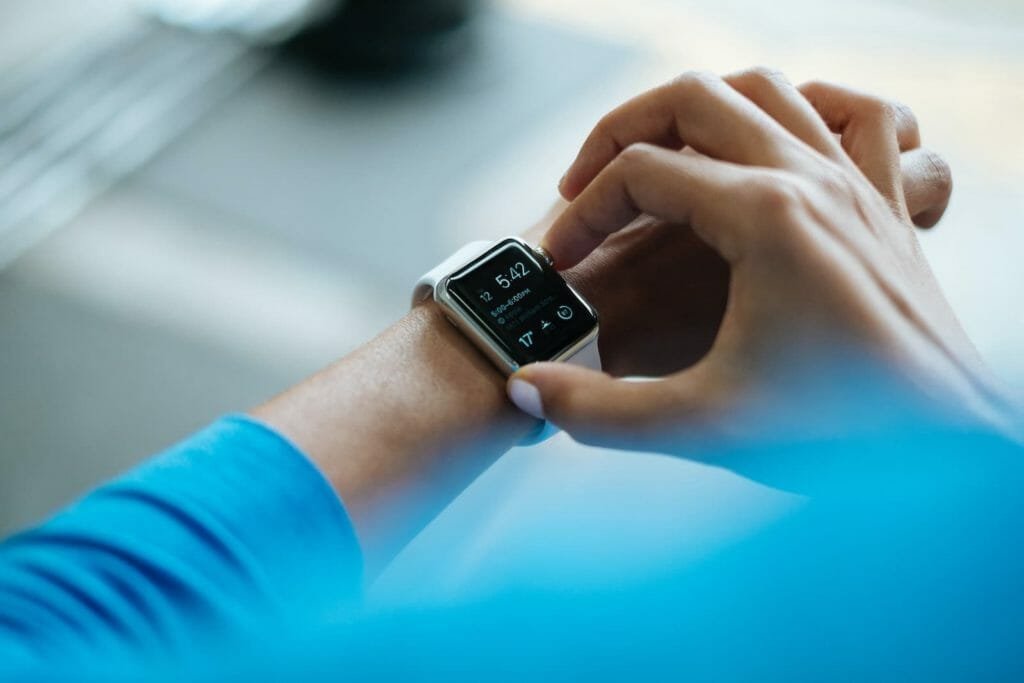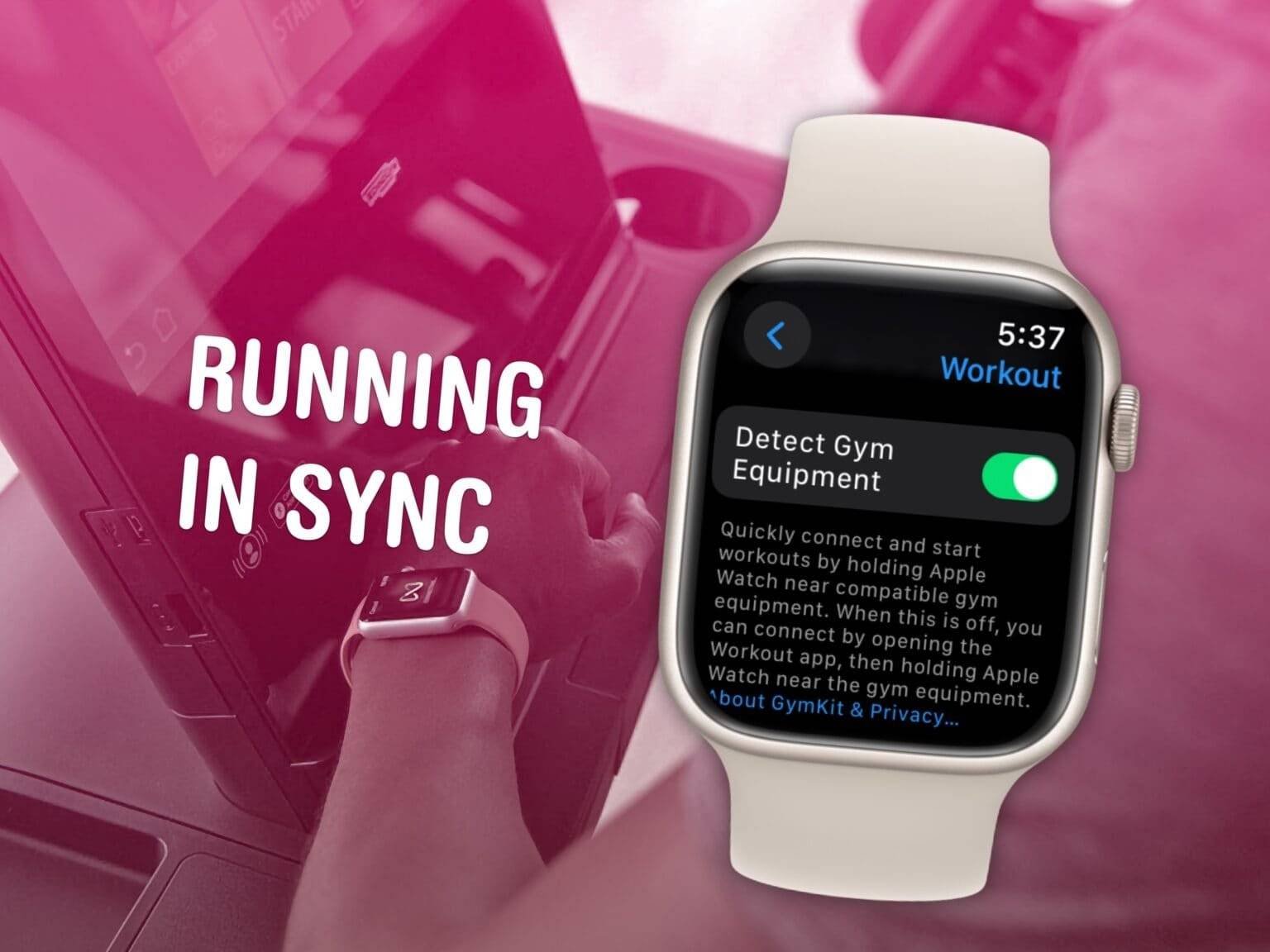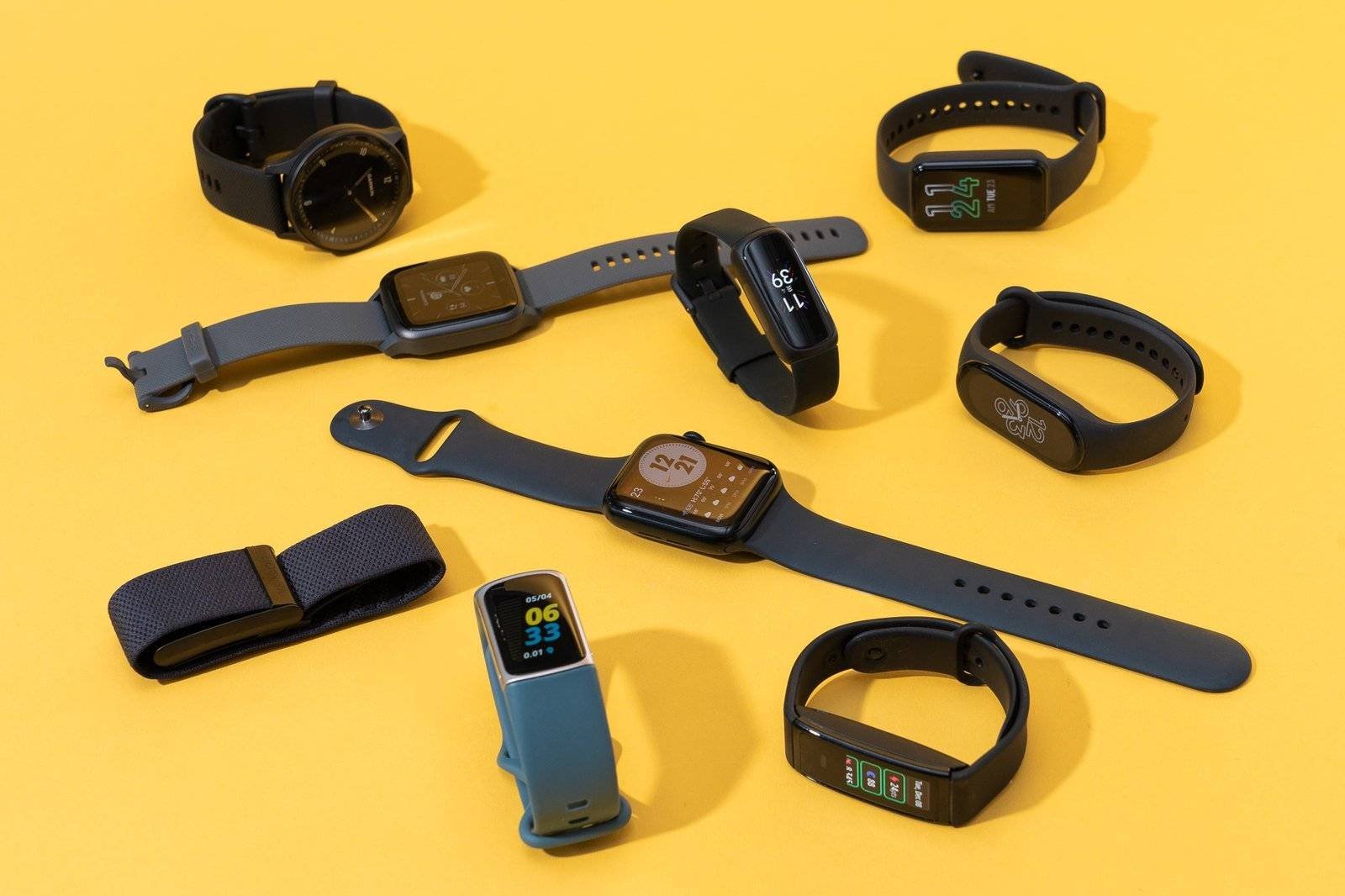How Does A Pedometer Help People Reach Their Fitness Goals: A pedometer helps people reach their fitness goals by tracking their steps and encouraging more physical activity. It provides real-time feedback to keep users motivated.
Tracking daily steps is a simple yet powerful way to monitor physical activity. A pedometer can transform an ordinary day into a series of fitness milestones. By setting step goals, users can gradually increase their activity levels, leading to better health and fitness.
The real-time feedback helps maintain motivation and accountability. Walking more can contribute to weight loss, improved cardiovascular health, and overall well-being. A pedometer is a convenient tool that fits easily into one’s daily routine, making it easier to stay active and achieve fitness objectives.
The Rise Of Pedometers In Fitness Tracking
Pedometers have become essential tools for fitness enthusiasts, offering precise step counts and motivating users to stay active. These devices help individuals set and achieve daily step goals, enhancing overall health and fitness levels.
Pedometers have become essential in fitness tracking. They help people stay active. Pedometers count steps and motivate users to reach their goals.
Historical Evolution Of Step Counting
Step counting has a long history. Ancient Romans used to measure distances by counting steps. In the 15th century, Leonardo da Vinci designed a device to count steps. Modern pedometers started appearing in the 1960s. They were simple and mechanical.
| Era | Step Counting Method |
|---|---|
| Ancient Times | Manual Counting |
| 15th Century | Leonardo’s Design |
| 1960s | Mechanical Pedometers |
Modern Pedometer Technology
Modern pedometers are digital and highly advanced. They come with many features. These include:
- Step Counting
- Calorie Tracking
- Distance Measurement
- Heart Rate Monitoring
Digital pedometers use sensors to count steps accurately. They connect to smartphones via Bluetooth. This allows users to track their progress easily. Some pedometers even offer GPS tracking. Modern pedometers also provide motivational tools. They send reminders to stay active. They give rewards for reaching goals. These features make fitness tracking fun and engaging. “`

Credit: linktop.com
Setting Goals With Step Counters
Using a pedometer can be a great way to track your progress. It helps you set clear and achievable fitness goals. Step counters provide real-time data on how many steps you take daily. This data can motivate you to move more and reach your goals.
The Psychology Behind Goal Setting
Setting goals can boost motivation and commitment. When you see your progress, you feel more motivated. A pedometer shows you daily progress, which can be very encouraging.
Small wins matter a lot. Meeting daily step goals can feel rewarding. This sense of achievement can keep you going. It turns a big goal into smaller, manageable tasks.
Creating Achievable Fitness Milestones
Start with small goals. Begin with a daily target you can easily reach. This could be 5,000 steps a day. Once you hit this goal regularly, increase your target.
Track your progress. Use your pedometer’s data to see trends. Are you walking more each week? Celebrate these milestones.
Adjust goals as needed. If you find a target too easy or too hard, adjust it. The key is to keep challenging yourself, but not too much.
| Step Goal | Achievement Level |
|---|---|
| 5,000 steps/day | Beginner |
| 10,000 steps/day | Intermediate |
| 15,000 steps/day | Advanced |
- Set a daily step goal.
- Track your steps with a pedometer.
- Increase your goal gradually.
- Celebrate small wins.
- Buy a pedometer.
- Set your initial step goal.
- Track your daily steps.
- Adjust your goal as needed.
Motivational Magic Of Measuring Steps
The magic of a pedometer lies in its ability to motivate. By tracking steps, it turns a simple walk into an exciting challenge. People feel inspired to move more and set higher goals.
Behavioral Incentives
Pedometers create behavioral incentives by showing step counts. They act as little reminders to stay active. Seeing numbers climb can be very rewarding.
- People want to beat their own records.
- Competitions with friends boost activity.
- Daily goals become easier to achieve.
These incentives make fitness a fun game. Every step counts towards better health.
The Feedback Loop
The feedback loop from a pedometer is powerful. It provides instant feedback on activity levels. This helps in adjusting daily routines.
- Track morning walks.
- Monitor steps during work hours.
- See the impact of evening strolls.
| Time of Day | Average Steps |
|---|---|
| Morning | 2,000 steps |
| Afternoon | 3,500 steps |
| Evening | 4,000 steps |
Instant feedback helps in making better choices. This can lead to more active lifestyles.
From Steps To Stamina: Building Endurance
Building endurance is essential for achieving fitness goals. A pedometer can help you track your progress and boost your stamina. This small device can transform your daily steps into measurable success. Let’s explore how a pedometer aids in building endurance.
Incremental Progress
Tracking your daily steps helps you see your progress. Small, consistent improvements lead to better endurance. Start with a manageable goal, like 3,000 steps a day. Gradually increase this goal by 500 steps each week. This method ensures you don’t overstrain.
Here is a simple weekly plan:
| Week | Step Goal |
|---|---|
| 1 | 3,000 |
| 2 | 3,500 |
| 3 | 4,000 |
| 4 | 4,500 |
As you meet each goal, your stamina improves. You will find walking longer distances easier. The pedometer keeps you motivated by showing your achievements.
Long-term Health Benefits
Regular walking has many health benefits. It reduces the risk of heart disease, improves mental health, and helps with weight management. By increasing your daily steps, you contribute to your overall well-being.
Here are some key benefits:
- Reduced risk of chronic diseases
- Improved cardiovascular health
- Better mood and mental health
- Weight loss and management
Consistency is key. Using a pedometer, you can maintain a regular walking routine. Over time, these small steps lead to significant health improvements.
Social Stepping: Community Challenges
Joining a community challenge can make fitness fun and engaging. A pedometer helps track steps, but the power of community adds motivation. People love to compete and share their achievements. This social aspect can boost commitment to fitness goals.
Group Fitness Dynamics
Group fitness dynamics play a crucial role in staying motivated. In a group, members encourage each other to walk more. The sense of camaraderie is strong. People enjoy sharing their progress and celebrating milestones.
- Increased motivation through friendly competition.
- Accountability to stick to fitness routines.
- Social support helps overcome challenges.
Leveraging Social Media
Social media can amplify the benefits of a pedometer. Sharing daily step counts on platforms like Facebook or Instagram creates engagement. Friends can like, comment, and cheer you on.
- Instant feedback from your network.
- Inspiration from seeing others’ progress.
- Community challenges can be organized easily.
Many apps allow you to sync your pedometer with social media. This makes sharing your achievements seamless. You can also join virtual walking groups. These groups offer a sense of community without geographical limits.
In summary, a pedometer is a great tool, but social stepping with community challenges makes it even better. Group dynamics and social media add layers of motivation and support. This makes reaching fitness goals more enjoyable and achievable.

Credit: fitanalytica.com
Gamifying The Walking Experience
Gamifying the Walking Experience can transform daily walks into exciting challenges. A pedometer makes walking more fun and engaging. It helps people stay motivated and reach their fitness goals.
Fun With Fitness Apps
Fitness apps connect with pedometers to add a fun twist to walking. These apps offer daily challenges and virtual rewards. Users can track their steps and earn points. They can compete with friends and see who walks the most. Here are some features:
- Step Count Goals: Set daily step targets.
- Virtual Badges: Earn badges for milestones.
- Social Sharing: Share progress with friends.
Fitness apps make walking feel like a game. This keeps users excited and active.
Reward Systems
Reward systems motivate users to walk more. They provide real incentives for reaching step goals. Here are some types of rewards:
| Reward Type | Description |
|---|---|
| Gift Cards | Earn gift cards for completing challenges. |
| Discounts | Receive discounts on fitness gear. |
| Cash Prizes | Get cash rewards for high step counts. |
These rewards make walking more appealing. Users feel motivated to achieve their fitness goals.
Integrating Pedometers Into Everyday Life
Integrating a pedometer into daily routines can dramatically boost fitness levels. This small device can track steps, distance, and calories burned. It serves as a personal motivator to stay active throughout the day.
Wearable Technology
Wearable technology has made pedometers more accessible and user-friendly. Modern pedometers come in various forms, including wristbands and clip-ons. These devices are lightweight and comfortable, making them easy to wear all day.
Wearable pedometers often have additional features like heart rate monitors and sleep trackers. These added functionalities provide a comprehensive view of your health. Users can sync data with mobile apps for detailed insights.
Seamless Activity Tracking
Pedometers offer seamless activity tracking, making it simple to monitor progress. With real-time data, users can adjust their activity levels to meet fitness goals. Many pedometers also send reminders to move if you’ve been inactive for too long.
Most pedometers have user-friendly interfaces. This makes it easy to check stats like steps taken, distance covered, and calories burned. Some devices also allow you to set daily step goals and celebrate milestones.
| Feature | Benefit |
|---|---|
| Real-time data | Immediate feedback on activity levels |
| Reminders to move | Encourages consistent activity |
| Daily step goals | Helps set and achieve fitness targets |
Using a pedometer is an effective way to integrate more physical activity into daily life. This simple device can make a significant impact on your overall health and well-being.

Credit: cloudmineinc.com
Analyzing Data For Personal Growth
A pedometer tracks your steps and more. It provides data that can help you grow. By analyzing this data, you can understand your fitness better. This analysis can shape your routines and help you achieve your goals.
Understanding Patterns
Understanding your movement patterns is key. Do you walk more in the morning or evening? Knowing this helps you plan better. You can see which days you are less active. This can help you stay consistent.
A table can help illustrate your activity patterns:
| Day | Morning Steps | Evening Steps |
|---|---|---|
| Monday | 3000 | 4000 |
| Tuesday | 2500 | 3500 |
| Wednesday | 5000 | 2000 |
Patterns help you make better choices. If you see low steps on a certain day, you can plan extra activity.
Tailoring Fitness Routines
Data helps tailor your fitness routines. If you walk less on weekends, plan a hike. Tailoring routines ensures you stay active every day.
Here are steps to tailor your routine:
- Analyze your weekly step data.
- Identify low-activity days.
- Plan extra activities on those days.
- Set daily step goals based on data.
Tailoring routines keeps you motivated. It ensures balanced activity throughout the week.
Using a pedometer for data helps you grow. It guides your fitness journey. You can reach your goals with informed decisions.
Overcoming Plateaus With Pedometers
Many people face fitness plateaus during their exercise routines. A pedometer can help break through these plateaus. It provides data to identify stagnation and offers strategies for continued improvement.
Identifying Stagnation
When progress stalls, it can be frustrating. A pedometer tracks daily steps and activity levels. By reviewing this data, you can spot patterns and identify periods of low activity.
For example:
- Days with fewer steps
- Weeks with little progress
This information helps you understand when and why your progress has stalled.
Strategies For Continued Improvement
Once you’ve identified stagnation, it’s time to make changes. Here are some effective strategies to overcome plateaus:
- Set New Goals: Increase your daily step count gradually.
- Vary Your Routine: Add different types of physical activities.
- Track Progress: Regularly check your pedometer data.
- Stay Motivated: Celebrate small milestones to keep motivated.
Use the data from your pedometer to plan and execute these strategies. Small changes can lead to big improvements over time.
Here’s a simple table to track your progress:
| Week | Steps | Activities |
|---|---|---|
| 1 | 50,000 | Walking, Running |
| 2 | 55,000 | Walking, Cycling |
| 3 | 60,000 | Walking, Swimming |
Regularly update this table to keep track of your progress and stay focused on your goals.
Future Trends In Step Tracking
As technology advances, the future of step tracking looks promising. Pedometers are evolving beyond simple step counters, integrating advanced features to help people reach their fitness goals.
Innovations On The Horizon
Future pedometers will include more sensors. These sensors can track heart rate, sleep patterns, and even stress levels. This data helps users understand their overall health better.
Wearable devices are becoming more fashionable. Companies are designing them to look like regular jewelry or clothing. This trend makes it easier for people to wear them daily.
Artificial intelligence (AI) will play a bigger role. AI can analyze data and provide personalized fitness advice. This means people get tips tailored to their unique needs.
The Next Steps In Fitness Tech
Integration with smart home devices is on the rise. Imagine your pedometer syncing with your smart fridge. It can suggest healthy recipes based on your activity level.
Gamification will motivate users. Future pedometers might offer rewards for reaching fitness goals. Users could earn discounts or virtual badges.
Improved battery life will make a difference. New battery technologies will allow pedometers to last longer on a single charge. This means less hassle for users.
| Feature | Benefit |
|---|---|
| Advanced Sensors | Track more health metrics |
| Fashionable Designs | Encourage daily use |
| AI Integration | Personalized fitness advice |
| Smart Home Sync | Holistic health management |
| Gamification | Increased motivation |
| Better Battery Life | Convenience for users |
Conclusion
A pedometer serves as a powerful tool for achieving fitness goals. It motivates consistent movement and tracks progress. By setting achievable targets, users stay engaged and committed. This simple device encourages a healthier lifestyle, making fitness goals attainable and enjoyable.
Start using a pedometer today to transform your fitness journey.
Frequently Asked Questions about How Does A Pedometer Help People Reach Their Fitness Goals
What Is A Pedometer Used For?
- A pedometer tracks steps and helps monitor physical activity levels.
How Accurate Are Pedometers?
- Modern pedometers are quite accurate, especially when worn correctly.
Can A Pedometer Help With Weight Loss?
- Yes, tracking steps can motivate increased activity, aiding weight loss efforts.
How Does A Pedometer Track Steps?
- Pedometers use motion sensors to count each step you take.
Are Pedometers Beneficial For Fitness Goals?
- Absolutely, they provide data to set and achieve fitness milestones.

















